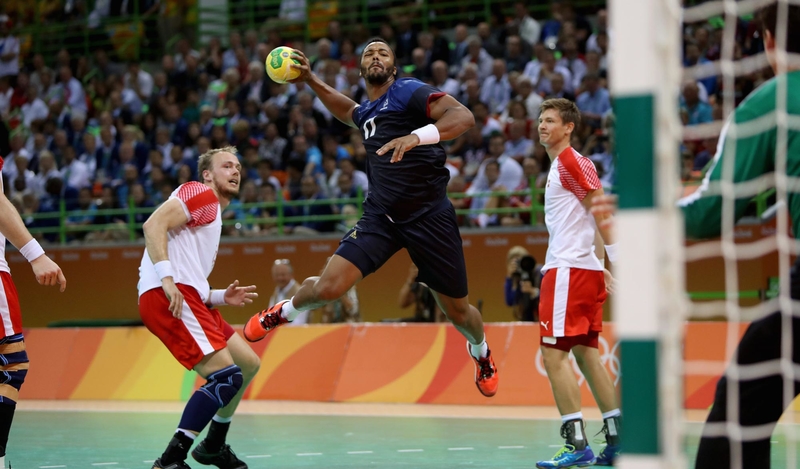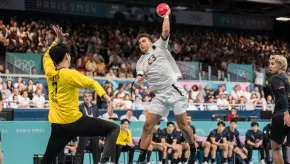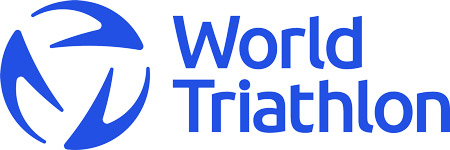
In just over 150 days, the Paris 2024 Olympic Games get underway in France with handball set to take centre stage as both host nation teams look to defend their Olympic titles, won at Tokyo 2020.
But the influence of handball at the Rio 2016 Olympic Games continues to have an impact to this day – and in the future.
Home to 24 teams, the Rio 2016 handball venue was called the ‘Arena do Futuro’ (Arena of the Future) and saw Denmark’s men and Russia’s women win handball gold in the 12,000-capacity arena eight years ago.
And with handball the second most popular and attended sport at Rio 2016, just behind football, the venue provided numerous special memories and emotions for those in attendance.
The arena – which also hosted goalball for the Paralympic Games – was a trailblazer, constructed using a concept known as ‘nomadic architecture’, which saw plans for the building to be repurposed into four schools once the global sporting and cultural event had concluded.
And those plans are now reality with two of the schools unveiled this week in low social development neighbourhoods in the city’s West zone, the same zone that will host the remaining two schools, which are due to open next month.
“Finally, we will deliver to the population of Rio the legacy of the Olympic Games Rio 2016 from the perspective of sports venues,” said Rio Mayor Eduardo Paes this week at the unveiling.
All four schools will adopt a new model of STEAM (Science, Technology, Engineering, the Arts and Mathematics) education schools introduced by the Rio city government.
“I was involved right from the very beginning of the construction of the Arena do Futuro and it’s incredible to see one of the Rio 2016 legacy plans being realised,” said Daniela Coelho, Rio 2016 Handball Sport Manager, to ihf.info.
“It completes the circle: the transformation of the arena into four schools providing an educational space for so many young people and a perfect solution for the use of some of the infrastructure used at Rio 2016.”
Related news
Astonishing TV figures, as handball-mania took over the world at the 2025 IHF Men's World Championship
The 29th IHF Men’s World Championship has been a resounding success both in terms of the number of spectators present in the five arenas which hosted the competition, as well as in terms of TV viewership, with the business end of Croatia/Denma




